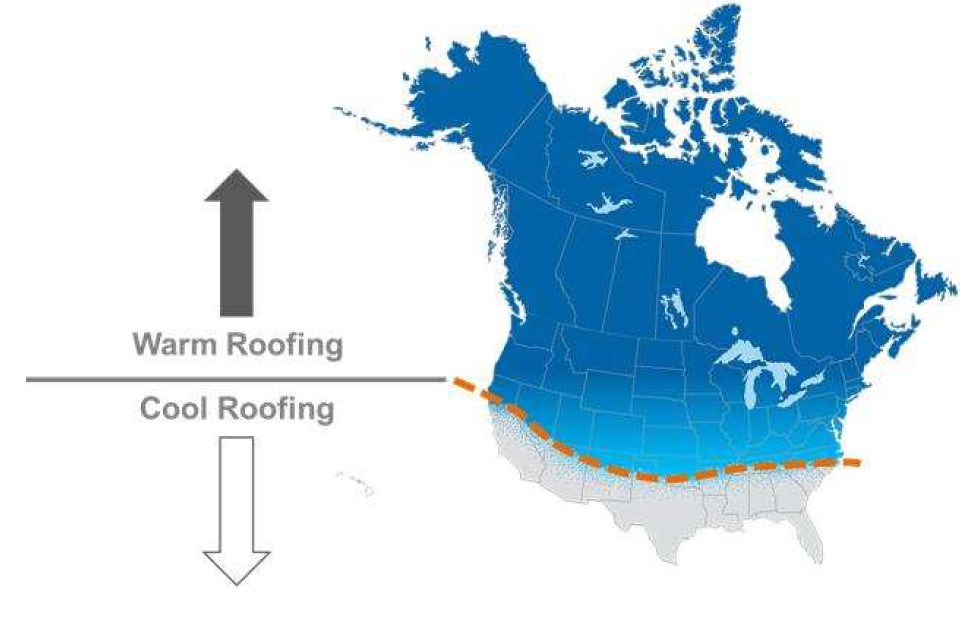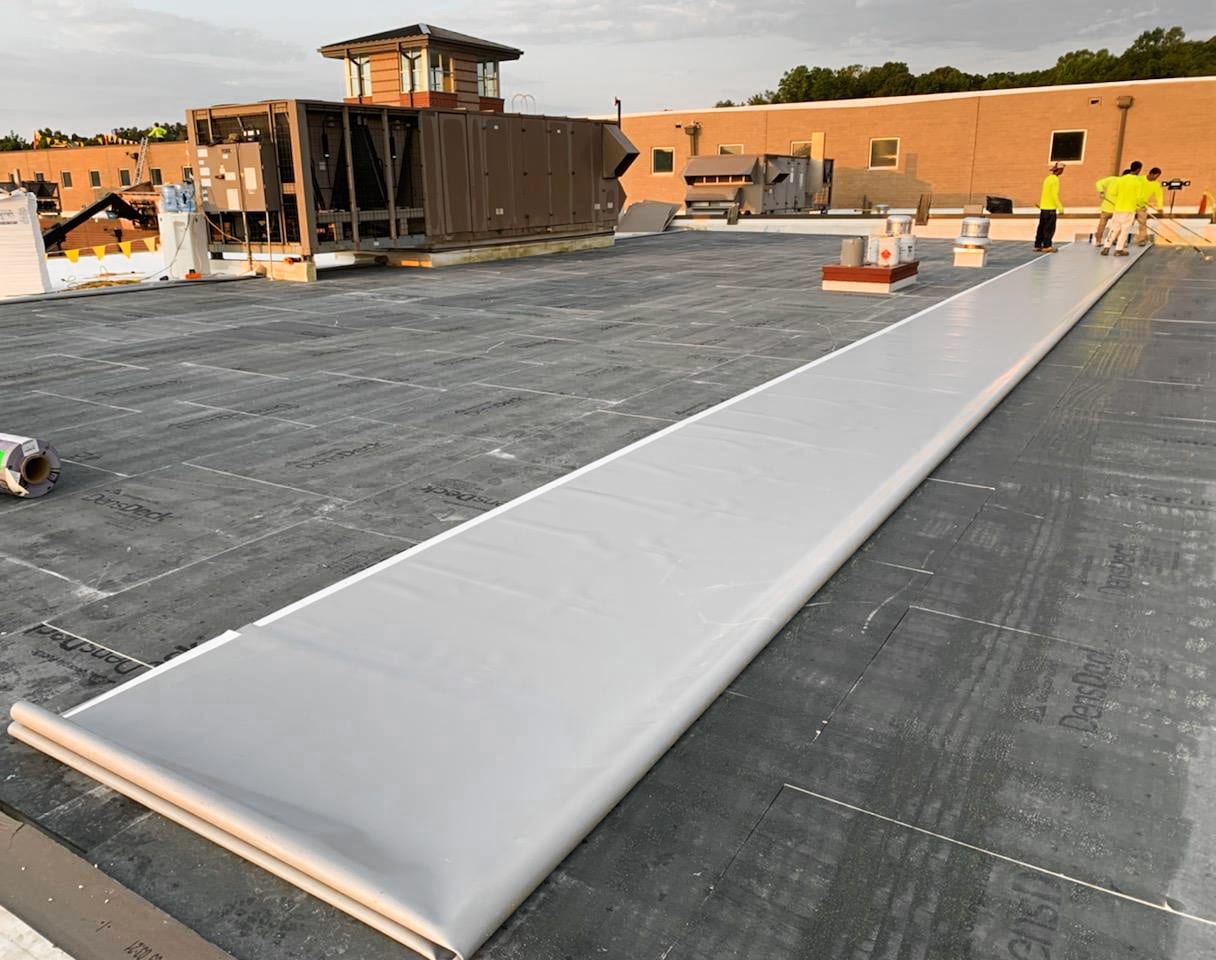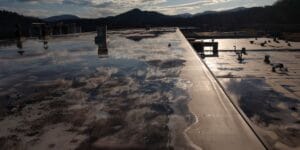Table of Contents
Energy Efficient Roofing By Climate
As energy costs rise, so does the need for energy efficient roofing systems. Single-ply membranes such as EPDM, PVC and TPO, continue to grow in demand, not only for energy efficiency, but also because of its effectiveness in extending your roof’s life. These membranes come in a dark or light version to help to negate your energy costs. However, when choosing the correct color for your company’s building there is more to consider than you might expect. The most energy efficient tool for you depends on many factors.
It is well recognized that darker/black roof membranes absorb the heat of the sun and thus reduce your heating expenses in cooler climates and during the winter months. Adversely, white membranes will reflect the sun’s rays, which will help reduce your energy expenses to keep your facility cool during the summer months or in warmer climates.
From a regional standpoint, it makes sense that darker-colored roof membranes, such as EPDM and asphalt are more popular in the northern climates whereas lighter roofing are more frequently seen in the warmer regions. But what about us located in the middle?
The US Department of Energy’s Building climate zones have been created to be used by the International Energy Conservation Code and The American Society of Heating, Refrigerating and Air-Conditioning Engineers to determine the ratio of heating degree days vs cooling degree days. The ratio between the two figures was then used to create Climate Zones.

Building owners typically spend more money and consume more energy keeping their buildings warm in the winter than they spend keeping it cool in the summer. As a result, warm roofing zones above should see a higher usage of black roof membranes over white. While, states below the dotted line above benefit most from white membranes. Grey Membranes are also available.
So why is white membrane roofing seeming more popular lately?
An argument can be made that the Energy Star played a large role when they decided to label white membranes with their Energy Star logo regardless of where they were being used. After considerable debate, Energy Star program now states that savings achieved with white/reflective roofing are highly dependent on many factors in addition to climate, such as building use, insulation factor.
Other factors that contribute to a white roof membrane’s efficiency over a black membrane include:
- Thermal loss due to application differences between TPO, EPDM, and PVC.
- Thickness differences of each membrane types.
- Effects of condensation of a white roof vs a black roof on your roof’s substrate.
- Effect of UV light and a white membrane’s UV resistance vs a black membrane’s resistance.
Insulation Matters
No matter what color your roof is, your facility gains more energy efficiency from insulation. Proper and non-damp staggered insulation will save you more than just changing the color of your roof. Do not neglect insulation when replacing your commercial roof!
Need Help Deciding?
We understand all the things you should consider when it comes to making a financial commitment to your roof’s energy efficiency. The team at WNC Roofing offers you expertise in commercial roof repair and replacement and will provide you with the best options to your unique situation. With more than a decade working in the commercial and industrial roofing industry, we have supported the needs of many local businesses throughout Asheville, NC, Greenville, SC, and Spartanburg, SC area. If you’re considering a change or have some current repair needs, let our team provide you with the advice you need to make the best decision for your commercial roof.






